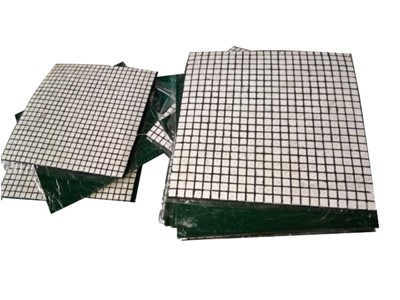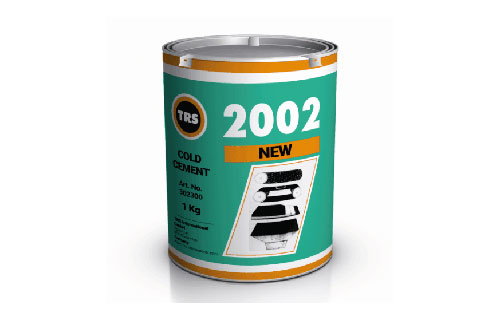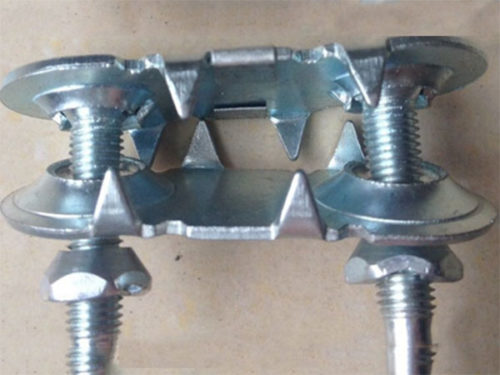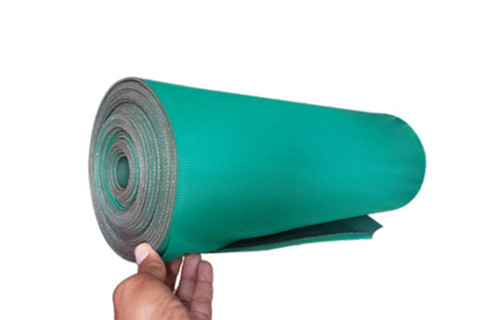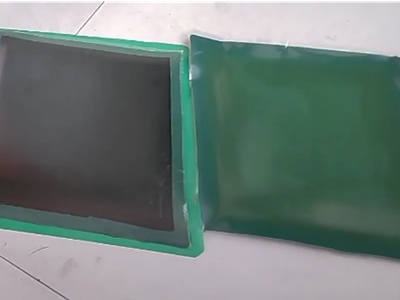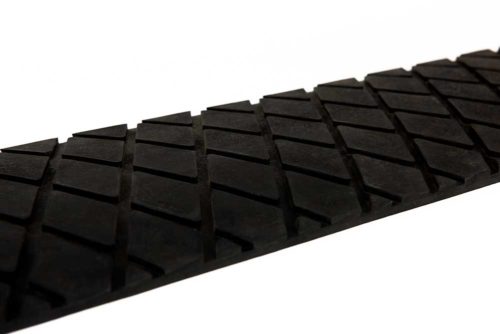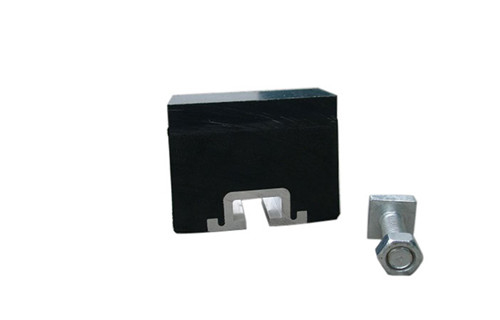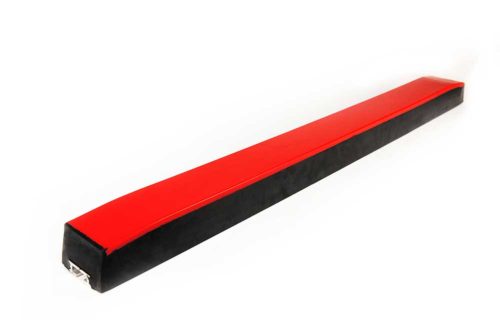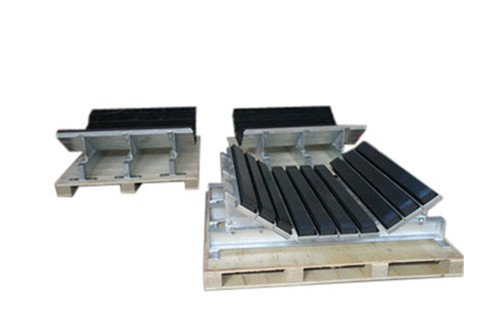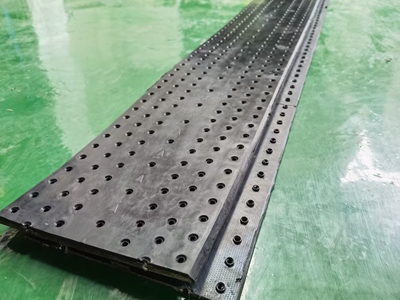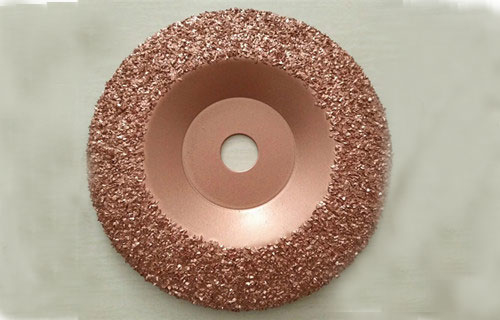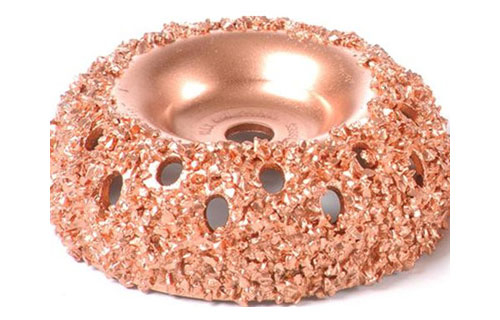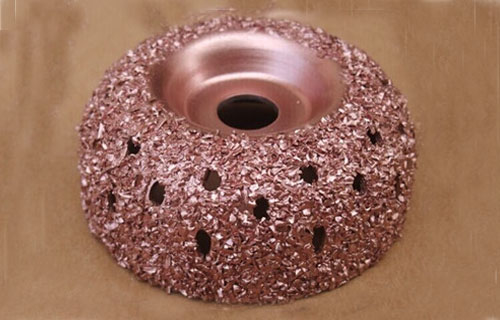-
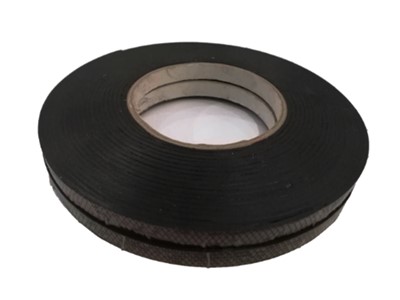 Belt noodle gum is an uncured black rubber for the belt hot vulcanized splicing, it used as a noodle rubber for steel cord belt splicing or finger splicing of fabric belt. the material can be used to bond to cured inter-core in all standard grade steel cord belts, as well as bond improvement material for fabric belt.
Belt noodle gum is an uncured black rubber for the belt hot vulcanized splicing, it used as a noodle rubber for steel cord belt splicing or finger splicing of fabric belt. the material can be used to bond to cured inter-core in all standard grade steel cord belts, as well as bond improvement material for fabric belt. -
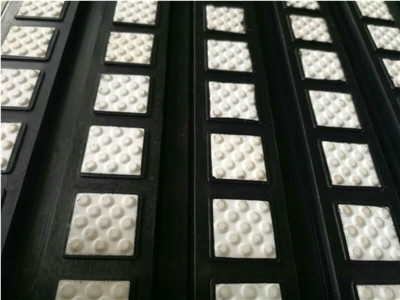
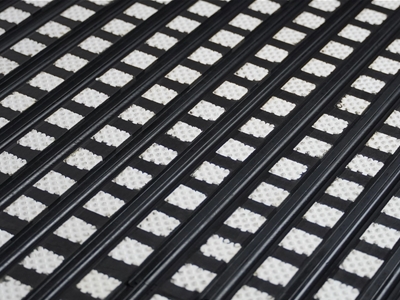 Ceramic pulley lagging is specifically engineered to provide superior traction and exceptional wear resistance in medium to heavy-duty conveyor pulley applications, especially under harsh conditions where conveyor rubber pulley lagging fails to deliver effective performance. It is an ideal application for: Conveyor drive, discharge, tail, snub, and bend pulleys. and particularly effective in challenging environments involving moisture, dirt, mud, or high-tension belt systems prone to slippage
Ceramic pulley lagging is specifically engineered to provide superior traction and exceptional wear resistance in medium to heavy-duty conveyor pulley applications, especially under harsh conditions where conveyor rubber pulley lagging fails to deliver effective performance. It is an ideal application for: Conveyor drive, discharge, tail, snub, and bend pulleys. and particularly effective in challenging environments involving moisture, dirt, mud, or high-tension belt systems prone to slippage -
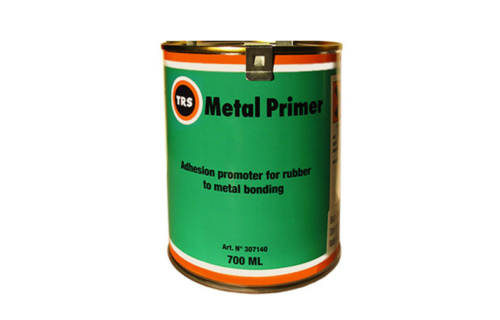 We distribute cold adhesive of high quality at a reasonable price, including Germany TRS cold vulcanizing cement, PU adhesive, cleaning solvent, metal premier, etc. It is used for removing the oil and dirt from rubber and metal surface so as to provide a clean and dirt-free environment for intensive bonding.
We distribute cold adhesive of high quality at a reasonable price, including Germany TRS cold vulcanizing cement, PU adhesive, cleaning solvent, metal premier, etc. It is used for removing the oil and dirt from rubber and metal surface so as to provide a clean and dirt-free environment for intensive bonding. -
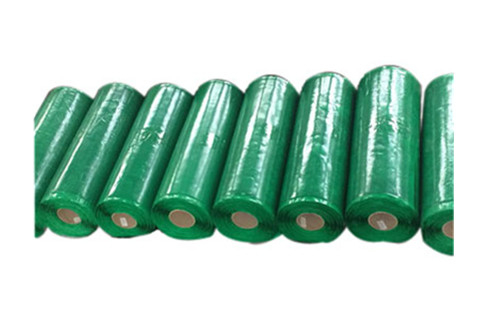 CN Filler Rubber is a black, premium grade, thin rubber sheet with CN bonding layers on both sides, it is designed for use in repairing conveyor belts or bonding rubber to steel surfaces. it features a self-extinguishing, antistatic, and moderately oil-resistant formulation, with CN layers on both sides for maximum adhesion. it is ideal for repair of longitudinal breaches, damaged top coating, and damaged edges of conveyor belts of all types including those reinforced with metal and aramid cord, and also for finishing of splice during pulley lagging.
CN Filler Rubber is a black, premium grade, thin rubber sheet with CN bonding layers on both sides, it is designed for use in repairing conveyor belts or bonding rubber to steel surfaces. it features a self-extinguishing, antistatic, and moderately oil-resistant formulation, with CN layers on both sides for maximum adhesion. it is ideal for repair of longitudinal breaches, damaged top coating, and damaged edges of conveyor belts of all types including those reinforced with metal and aramid cord, and also for finishing of splice during pulley lagging. -
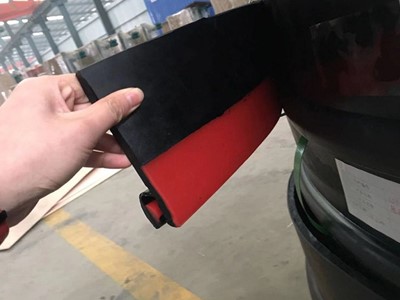 Rubber Skirt is specially made of polyurethane and soft rubber, the rubber made of high-quality latex, and is resistant to highly abrasive and fine-grained materials. It used on the conveyor loading zone to keep material on the conveyor belt and reduce material spillage and dust. The high wear resistance of polyurethane skirting makes long service life available, usually 3 times longer than rubber skirting board. It is also supplied with/without BL bonding layer, reinforcing fabric layer is also possible.
Rubber Skirt is specially made of polyurethane and soft rubber, the rubber made of high-quality latex, and is resistant to highly abrasive and fine-grained materials. It used on the conveyor loading zone to keep material on the conveyor belt and reduce material spillage and dust. The high wear resistance of polyurethane skirting makes long service life available, usually 3 times longer than rubber skirting board. It is also supplied with/without BL bonding layer, reinforcing fabric layer is also possible. -
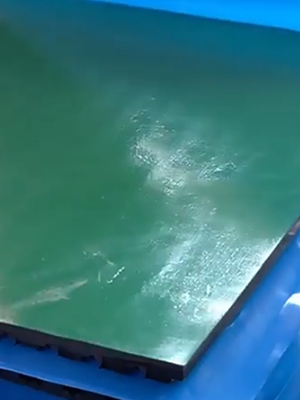
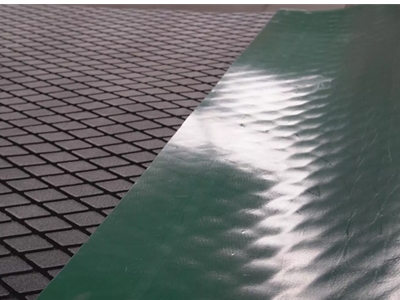 Diamond Rubber Pulley Lagging is the most commonly used lagging sheet, it is suitable for lagging drive rollers of fabric conveyor belts and high-strength steel cord conveyor belts. It features diamond patterns engraved on a wear-resistant rubber base, providing higher friction than plain rubber pulley lagging. This increased friction enhances the power output efficiency and stability by improving the friction between the drive roller and the conveyor belt. and the diamond rubber pulley lagging is pre-grooved, with diamond-shaped grooves that expel debris, protecting the roller from material adhesion and preventing conveyor belt slippage.
Diamond Rubber Pulley Lagging is the most commonly used lagging sheet, it is suitable for lagging drive rollers of fabric conveyor belts and high-strength steel cord conveyor belts. It features diamond patterns engraved on a wear-resistant rubber base, providing higher friction than plain rubber pulley lagging. This increased friction enhances the power output efficiency and stability by improving the friction between the drive roller and the conveyor belt. and the diamond rubber pulley lagging is pre-grooved, with diamond-shaped grooves that expel debris, protecting the roller from material adhesion and preventing conveyor belt slippage. -
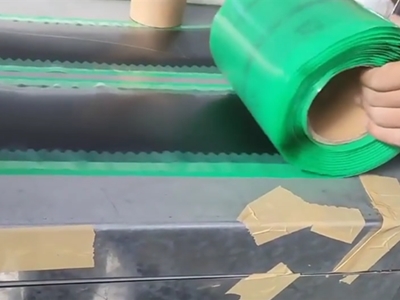 Fabric Reinforced Repair Strip(repair band) is made by a neoprene-based CN bonding layer on one side and NR & SBR, etc. rubber compound on the other. It is reinforced with a fabric layer to increase tear strength and puncture resistance. Our Fabric Reinforced Repair Strips CN layer Adhesive Force reaches about 9N/mm after 72 hours of bonding. It is a reliable repair materials for your conveyor belt repair.
Fabric Reinforced Repair Strip(repair band) is made by a neoprene-based CN bonding layer on one side and NR & SBR, etc. rubber compound on the other. It is reinforced with a fabric layer to increase tear strength and puncture resistance. Our Fabric Reinforced Repair Strips CN layer Adhesive Force reaches about 9N/mm after 72 hours of bonding. It is a reliable repair materials for your conveyor belt repair. -
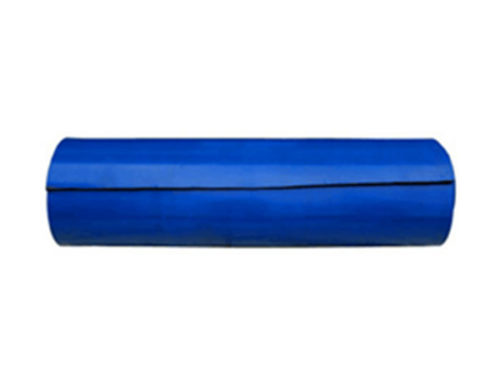 Plain rubber pulley lagging sheet is a smooth, non-grooved lagging designed for conveyor systems worldwide. It is ideal for non-driving (idler/tail) drums, providing a flat, rubberized surface that extends drum life and prevents material buildup. By maintaining even belt contact without excessive friction, plain rubber lagging keeps the belt tracking smoothly and reduces wear. This makes it a reliable, cost-effective solution in mining, power plants, ports, chemical, and light-industry conveyors globally
Plain rubber pulley lagging sheet is a smooth, non-grooved lagging designed for conveyor systems worldwide. It is ideal for non-driving (idler/tail) drums, providing a flat, rubberized surface that extends drum life and prevents material buildup. By maintaining even belt contact without excessive friction, plain rubber lagging keeps the belt tracking smoothly and reduces wear. This makes it a reliable, cost-effective solution in mining, power plants, ports, chemical, and light-industry conveyors globally -
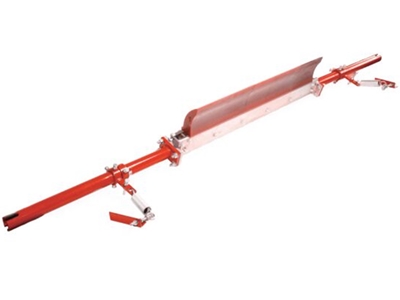
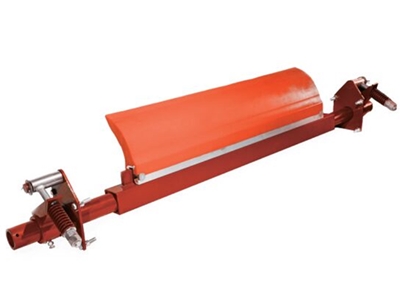 The primary belt cleaner is installed under the center line of the head drum. It is suitable for primary cleaning of materials with large water content, and for one-way operation, cleaning of the conveyor belt of mechanical, cold, or hot vulcanized joints, protecting the belt from damage and prolonging the service life of the belt.
The primary belt cleaner is installed under the center line of the head drum. It is suitable for primary cleaning of materials with large water content, and for one-way operation, cleaning of the conveyor belt of mechanical, cold, or hot vulcanized joints, protecting the belt from damage and prolonging the service life of the belt. -
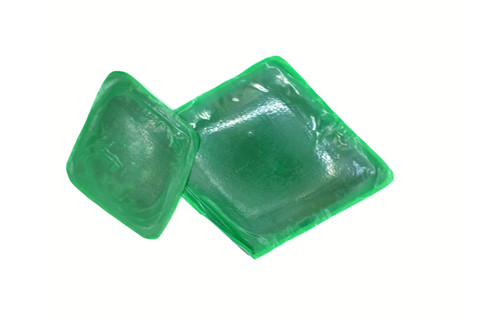
Reinforced Diamond Repair Patches have an extremely tough cover stock and beveled edges, they are mainly used for maximum puncture resistance. They are used in the event of small or large damages on rubber linings of conveyor belts. Reinforced diamond repair patches especially better used for repairing damages that request higher tensile strength
-
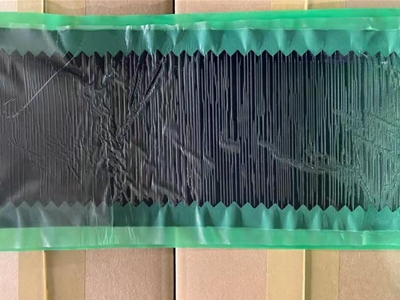
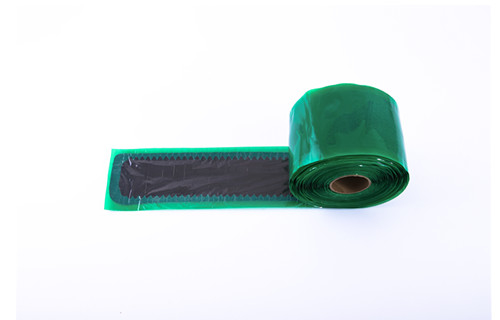 Rubber Repair Strip (Repair Patch) is made of synthetic rubber compound with a superior quality semi-vulcanized bonding layer on one side. It is a highly wear-resistant, natural rubber strip designed to repair damage to the conveyor belt. As the authentic CN layer(bonding layer), the Adhesive Force reached about 9N/mm after bonding 72 hours. and the CN layer's featured characteristic is that its adhesive force increases with time, while the adhesion of the inferior CN layer adhesion force doesn’t change over time.
Rubber Repair Strip (Repair Patch) is made of synthetic rubber compound with a superior quality semi-vulcanized bonding layer on one side. It is a highly wear-resistant, natural rubber strip designed to repair damage to the conveyor belt. As the authentic CN layer(bonding layer), the Adhesive Force reached about 9N/mm after bonding 72 hours. and the CN layer's featured characteristic is that its adhesive force increases with time, while the adhesion of the inferior CN layer adhesion force doesn’t change over time. -
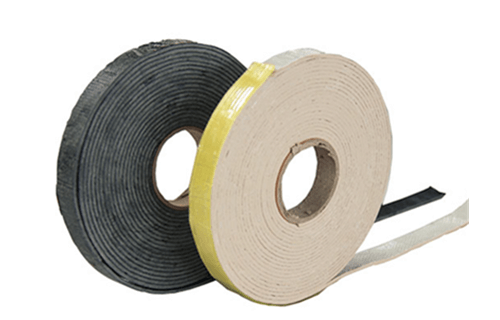 The T2 Repair AB Compound Strip is a specialized two-component cold bond repair solution designed for efficient and durable repairs of rubber components, particularly in industrial settings.It is applied using the T2 Compound Extruder Gun and self-vulcanizes at ambient temperatures (minimum 18°C), requiring no additional vulcanization.
The T2 Repair AB Compound Strip is a specialized two-component cold bond repair solution designed for efficient and durable repairs of rubber components, particularly in industrial settings.It is applied using the T2 Compound Extruder Gun and self-vulcanizes at ambient temperatures (minimum 18°C), requiring no additional vulcanization. -
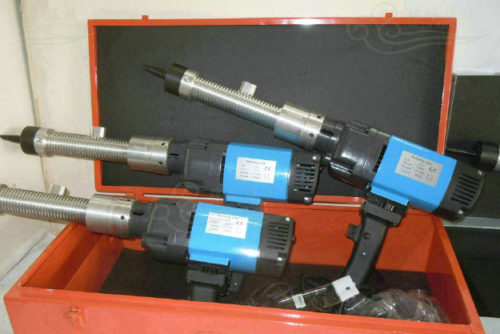
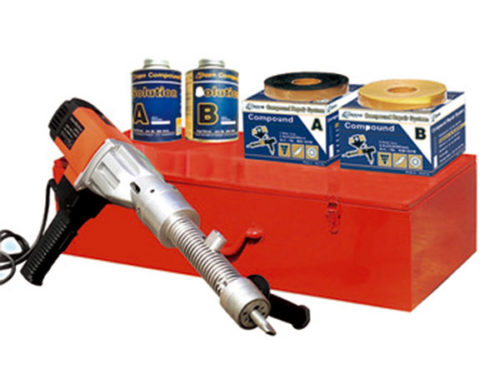 The T2 System Glue Extruder Gun is primarily used for repairing rubber damage on conveyor belts, including surface abrasions, cracks, and non-penetrative longitudinal tears in steel cord belts. The T2 System Glue Extruder Gun is an indispensable and irreplaceable tool in the T2 cold vulcanization repair system. Its primary function is instantly mixing and extruding T2 compound adhesive for immediate application, making it a key component of the repair process.
The T2 System Glue Extruder Gun is primarily used for repairing rubber damage on conveyor belts, including surface abrasions, cracks, and non-penetrative longitudinal tears in steel cord belts. The T2 System Glue Extruder Gun is an indispensable and irreplaceable tool in the T2 cold vulcanization repair system. Its primary function is instantly mixing and extruding T2 compound adhesive for immediate application, making it a key component of the repair process. -
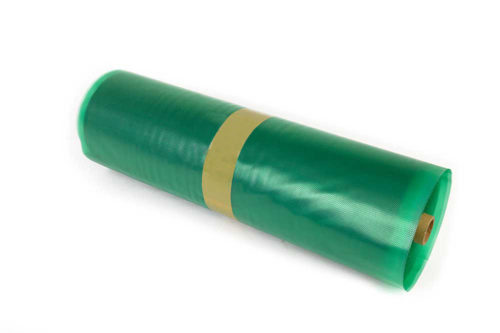 Uncured Cover Rubber (Cover Rubber Sheeting uncured) is an uncured rubber for conveyor belt hot splicing. It is designed for use as a cover rubber replacement material in splicing steel cords and fabric conveyor belts. the uncured cover rubber(Cover Rubber Sheeting uncured) has the following advantages: Wear Resistance Enhancement; Core Layer Protection; Prevention of chemical corrosion of uncured intermediate rubber, and Operational Efficiency
Uncured Cover Rubber (Cover Rubber Sheeting uncured) is an uncured rubber for conveyor belt hot splicing. It is designed for use as a cover rubber replacement material in splicing steel cords and fabric conveyor belts. the uncured cover rubber(Cover Rubber Sheeting uncured) has the following advantages: Wear Resistance Enhancement; Core Layer Protection; Prevention of chemical corrosion of uncured intermediate rubber, and Operational Efficiency -
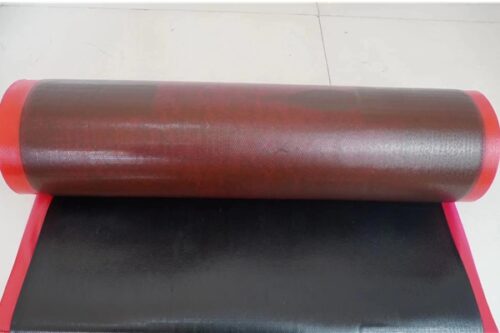
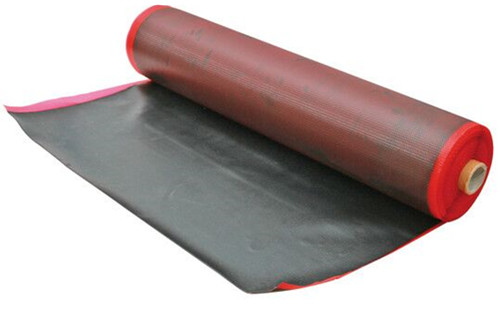 Uncured Intermediate Rubber(tie gum) is designed to bond to cured cover rubber in all standard grades of steel cord and fabric conveyor belts. Uncured intermediate rubber used for hot splicing is formulated to withstand the vulcanization process and to adhere effectively to the conveyor belt's carcass or core material. It needs to have the necessary properties, including heat resistance and adhesion, to ensure a reliable belt hot splicing
Uncured Intermediate Rubber(tie gum) is designed to bond to cured cover rubber in all standard grades of steel cord and fabric conveyor belts. Uncured intermediate rubber used for hot splicing is formulated to withstand the vulcanization process and to adhere effectively to the conveyor belt's carcass or core material. It needs to have the necessary properties, including heat resistance and adhesion, to ensure a reliable belt hot splicing

